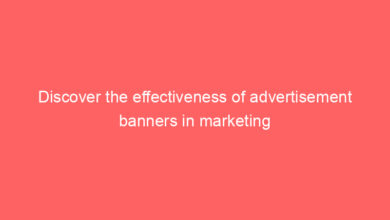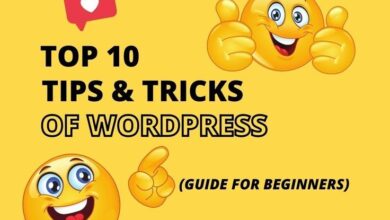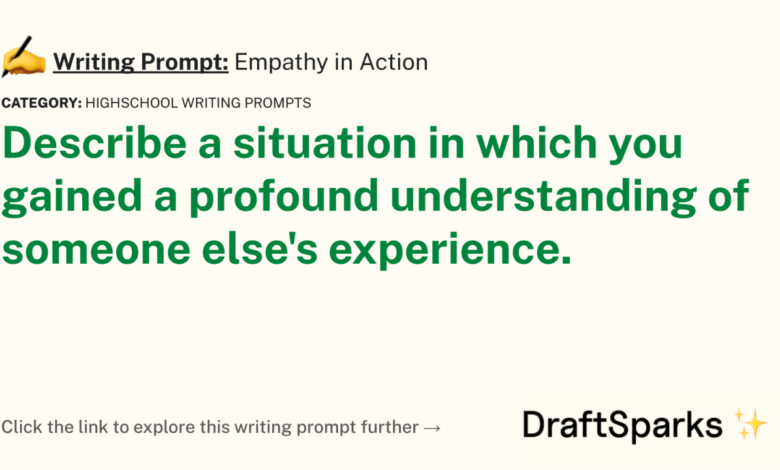
Create Call to Action Boosting Conversions
Create call to action – those seemingly simple phrases can be the difference between a successful campaign and a flop. We’re diving deep into the world of CTAs, exploring everything from crafting compelling copy to strategically placing them for maximum impact. Get ready to learn how to turn casual browsers into loyal customers!
This post unpacks the art and science of creating effective calls to action. We’ll cover various CTA types, essential design elements, optimal placement strategies, and effective methods for measuring their success. Prepare to transform your marketing game!
Defining “Create a Call to Action”
A call to action (CTA) is a prompt that encourages an immediate response or desired action from the audience. It’s a crucial element in marketing and communication, designed to guide the recipient towards a specific outcome, whether it’s making a purchase, signing up for a newsletter, downloading a resource, or simply learning more. A well-crafted CTA is more than just a button; it’s a strategic element that bridges the gap between awareness and conversion.
Types of Calls to Action
The effectiveness of a CTA hinges on its ability to resonate with the audience and clearly communicate the desired action. Different types of CTAs cater to various stages of the customer journey and marketing goals. Choosing the right type is crucial for optimizing results.
- Purchase-Oriented CTAs: These are designed to directly drive sales. Examples include “Buy Now,” “Add to Cart,” “Shop Now,” “Order Today,” and “Get Yours Now.” These are typically used in e-commerce settings or product-focused campaigns.
- Lead Generation CTAs: These aim to capture contact information for future marketing efforts. Examples include “Sign Up,” “Download Now,” “Subscribe,” “Learn More,” and “Get a Free Quote.” These are commonly found in landing pages or webinars.
- Engagement-Oriented CTAs: These focus on building relationships and fostering interaction. Examples include “Share This,” “Comment Below,” “Follow Us,” “Like This Post,” and “Join the Conversation.” These are used extensively on social media and blog posts.
- Information-Oriented CTAs: These encourage users to learn more about a product, service, or brand. Examples include “Read More,” “Learn More,” “Watch the Video,” “Explore,” and “Discover.” These are effective for introducing new concepts or providing detailed information.
Importance of a Strong CTA in Marketing and Communication
A strong CTA is paramount to achieving marketing objectives. Without a clear direction, audiences may be left confused or unmotivated to take any action. A compelling CTA increases engagement, drives conversions, and ultimately contributes to business growth. It serves as a crucial link between the message and the desired outcome, making it a critical component of any successful marketing strategy.
A poorly designed CTA, on the other hand, can lead to missed opportunities and reduced effectiveness of the overall campaign.
Examples of CTAs for a Fictional Product, Create call to action
Let’s imagine a new fitness tracker called “FitPulse.” Here are three different CTAs, each with a unique tone and style:
- CTA 1 (Energetic and Urgent): “Unlock Your Fitness Potential! Get Your FitPulse Today!” This CTA uses strong action verbs and creates a sense of urgency. It’s suitable for a short-term promotion or a launch campaign.
- CTA 2 (Informative and Calm): “Learn More About FitPulse and Its Amazing Features.” This CTA focuses on providing information first, building trust and interest before prompting a further action. It’s ideal for users who are still in the research phase.
- CTA 3 (Exclusive and Premium): “Join the FitPulse Elite: Pre-Order Now and Receive a Free Accessory!” This CTA offers exclusivity and an incentive, motivating users to act quickly and capitalize on a limited-time offer. It’s effective for creating a sense of value and driving immediate sales.
Crafting Effective CTAs
Crafting a compelling call to action (CTA) is crucial for converting website visitors into customers or achieving any desired outcome. A well-designed CTA seamlessly integrates into your content, guiding users towards the next step in their journey. It’s not just about telling people what to do; it’s about persuading them to do it.
Key Elements of a Compelling CTA
Five key elements contribute to a compelling CTA. These elements work synergistically to grab attention, build trust, and ultimately drive conversions. Ignoring even one can significantly reduce your CTA’s effectiveness.
- Clear and Concise Messaging: Your CTA should instantly communicate the benefit and next step. Avoid jargon or ambiguity. For example, instead of “Learn More,” try “Get Your Free Guide Now.”
- Strong Verb: Use action verbs that create a sense of urgency and excitement. Words like “Download,” “Register,” “Shop Now,” and “Claim Your Offer” are far more effective than passive phrases.
- Compelling Visual Design: The button itself should stand out from the surrounding content. Consider using contrasting colors, appropriate size, and clear typography to make it easily noticeable and visually appealing.
- Strategic Placement: The CTA’s location matters. Place it strategically within the content flow where it naturally complements the user’s progression. Avoid burying it at the bottom of a long page.
- Targeted Audience: Tailor your CTA to your specific audience. What motivates them? What are their pain points? Understanding your audience helps you craft a message that resonates with them on a personal level.
The Impact of Urgency and Scarcity
Urgency and scarcity are powerful psychological principles that can significantly boost CTA effectiveness. Urgency creates a sense of time pressure, motivating immediate action. Scarcity emphasizes limited availability, making the offer more desirable.
“Limited-time offers and scarcity tactics can increase conversions by tapping into the fear of missing out (FOMO).”
For example, a CTA like “Get 20% Off – Offer Ends Tonight!” leverages urgency, while “Only 5 Spots Left!” utilizes scarcity. These techniques, when used ethically and responsibly, can dramatically increase click-through rates.
CTA Button Designs and Their Psychological Impact
Different CTA button designs evoke different psychological responses. The choice of color, shape, and wording can subtly influence user behavior.
- Color Psychology: Red buttons often convey urgency and excitement, while green suggests growth and security. Blue buttons tend to be associated with trust and reliability.
- Shape and Size: Larger, more prominent buttons are more likely to be clicked. Rounded buttons generally feel more approachable than sharp, angular ones.
- Word Choice: The wording on the button should directly reflect the action desired. Strong action verbs are key.
Comparison of CTAs with Different Lengths and Word Choices
The following table compares CTAs with varying lengths and word choices, predicting their effectiveness based on common design principles. Note that predicted effectiveness is subjective and depends heavily on context and target audience.
| CTA Length | Word Choice | Tone | Predicted Effectiveness |
|---|---|---|---|
| Short (1-2 words) | “Shop Now” | Direct, Urgent | High (for familiar audiences and simple actions) |
| Medium (3-5 words) | “Get Your Free Trial” | Informative, Enticing | Medium to High (versatile, suitable for many scenarios) |
| Long (6+ words) | “Download Your Exclusive Report & Unlock Success” | Benefit-driven, Promising | Medium (may be less effective if not carefully placed) |
| Short (1 word) | “Submit” | Neutral, Functional | Low (unless context is very clear) |
Placement and Context of CTAs: Create Call To Action
Strategic placement of your call to action (CTA) is crucial for maximizing conversions. A poorly placed CTA, no matter how well-designed, will likely go unnoticed and fail to achieve its intended purpose. Understanding where your audience’s eyes naturally fall on a page and tailoring your CTA placement accordingly is key to success. This involves considering both the overall website design and the specific context of the surrounding content.The surrounding content significantly impacts CTA performance.
A compelling CTA placed amidst irrelevant or low-quality content will struggle to attract attention and drive conversions. Conversely, a well-placed CTA within highly relevant and engaging content significantly increases its effectiveness. Think of it like this: a captivating story needs a powerful ending; your CTA is that powerful ending, and the story leading up to it must be equally engaging to maximize its impact.
Optimal CTA Placement on Websites and Landing Pages
Effective CTA placement hinges on understanding user behavior and website design principles. Generally, above-the-fold placement (the area visible without scrolling) is highly desirable, as it captures immediate attention. However, the specific optimal location will depend on the website’s design and the type of CTA. For instance, a prominent placement within the hero section (the topmost section of a landing page) is often effective.
Alternatively, placing a CTA at the end of a blog post, summarizing the key takeaways and offering a next step, is a common and effective strategy. Experimentation is key to finding the best location for your specific audience and content. Consider using heatmaps to visualize user engagement and identify high-traffic areas.
Influence of Surrounding Content on CTA Performance
The content surrounding your CTA acts as a crucial context-setting element. If your CTA is promoting a free ebook on “Sustainable Living,” it would be far more effective placed within a blog post detailing the benefits of eco-friendly practices than on a page discussing the latest sports news. This principle highlights the importance of aligning your CTA with relevant content.
Crafting a killer call to action is crucial for any online strategy, and YouTube is no exception. To really boost your engagement, you need to learn how to effectively drive viewers to the next step, and that’s where understanding the nuances of video marketing comes in, like what’s covered in this awesome guide on getting it on with YouTube.
Mastering this will significantly improve your ability to create calls to action that actually convert.
The more seamless the transition between the content and the CTA, the more likely users are to engage with it. A jarring or incongruent CTA will likely be ignored. For example, a CTA offering a discount on winter coats placed on a summer fashion blog would be ineffective.
A/B Testing CTA Placement
A/B testing is an indispensable tool for optimizing CTA placement. By creating multiple versions of your webpage with the CTA placed in different locations, you can objectively measure which placement generates the highest conversion rate. For example, you could create one version with the CTA at the top of the page and another with it at the bottom.
Tracking the click-through rate (CTR) and conversion rate for each version allows you to identify the most effective placement. Remember to test only one variable at a time (in this case, CTA placement) to ensure accurate results. Tools like Google Optimize can simplify this process.
Best Practices for CTA Placement on Social Media
Social media platforms require a different approach to CTA placement than websites. Due to the fast-paced nature of these platforms, your CTA needs to be immediately visible and easily understood. On platforms like Facebook and Instagram, using compelling visuals paired with concise CTAs within the main post content is crucial. For Twitter, concise CTAs within the tweet itself are generally most effective.
On LinkedIn, a well-placed CTA within a professional article or post can yield significant results. In all cases, ensuring the CTA aligns with the overall tone and style of the platform is essential. For instance, a formal, corporate-style CTA might be suitable for LinkedIn, but not for Instagram.
Visual Design of CTAs
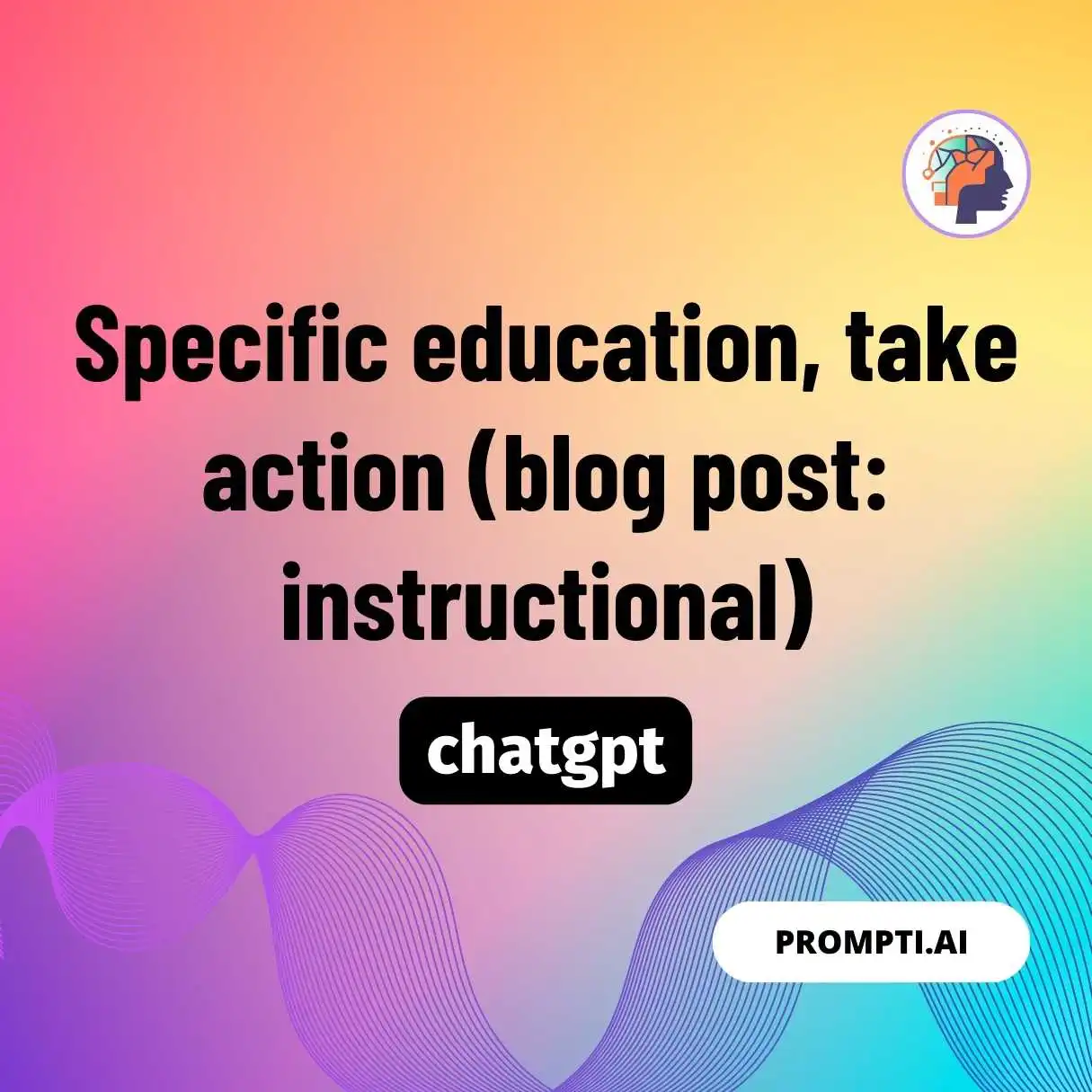
Source: prompti.ai
The visual design of your call to action (CTA) is just as crucial as its wording. A poorly designed CTA, even with compelling copy, can be easily overlooked and fail to achieve its intended purpose. The visual elements work in tandem with the text to guide the user’s eye and encourage interaction. Think of it as the final, persuasive nudge towards conversion.The visual appeal of a CTA significantly impacts its click-through rate.
By carefully selecting colors, fonts, and sizes, you can create a button that is both aesthetically pleasing and highly effective. This involves aligning your design choices with your overall branding guidelines to maintain consistency and reinforce brand recognition. A visually jarring CTA can detract from the overall user experience and damage brand credibility.
Color Palettes for CTAs
Choosing the right color palette is paramount. Colors evoke emotions and can influence user behavior. High-contrast colors, particularly those that stand out against the surrounding content, are generally more effective. For example, a bright green button on a white background is more likely to grab attention than a pale blue button on a light grey background. However, it’s important to consider your brand’s existing color scheme.
A CTA should feel like a natural extension of your website or marketing material, not an unwelcome interruption.
Font Choices and Sizes for CTAs
Font selection also plays a critical role. Choose a font that is easy to read and complements your brand’s personality. Avoid overly decorative or difficult-to-read fonts. Sans-serif fonts are often preferred for their clean and modern aesthetic, while serif fonts can lend a more traditional or sophisticated feel. The font size should be large enough to be easily readable, even from a distance.
A minimum of 16 pixels is generally recommended, with larger sizes being appropriate for larger screens or buttons.
Three CTA Button Design Examples
- Design 1: Modern Minimalist
-Target Audience: Tech-savvy users, younger demographics. Color Palette: Deep Teal (#008080) and Off-White (#F5F5F5). Font: Open Sans, bold. Size: 18px. This design emphasizes clean lines and a sophisticated look.The deep teal provides a nice contrast against the off-white background, creating a visually appealing and easily identifiable button.
- Design 2: Classic and Bold
-Target Audience: Broader audience, slightly older demographics. Color Palette: Dark Blue (#000080) and Light Grey (#D3D3D3). Font: Roboto, bold. Size: 20px. This design is more traditional, utilizing a classic color combination that conveys trust and reliability.The bolder font and larger size make it easily noticeable.
- Design 3: Energetic and Playful
-Target Audience: Younger audience, creative industries. Color Palette: Bright Orange (#FFA500) and White (#FFFFFF). Font: Poppins, semi-bold. Size: 16px. This design uses a bright, attention-grabbing color to inject energy and excitement.The playful font choice further enhances this feeling, making it suitable for brands with a youthful and dynamic image.
Impact of Button Shapes on Click-Through Rates
The shape of a CTA button can subtly influence click-through rates. While there’s no definitive data to suggest one shape consistently outperforms others, subtle differences exist. Round buttons often convey a friendly and approachable feel, potentially leading to higher click-through rates for brands aiming for a casual and welcoming image. Square buttons, on the other hand, tend to project a sense of stability and professionalism, potentially beneficial for brands aiming for trustworthiness.
Rectangular buttons, particularly those with rounded corners, offer a balance between the two, maintaining a professional appearance while still feeling inviting. The optimal shape often depends on the overall design and brand identity. A/B testing different shapes is always recommended to determine which performs best for a specific audience and context.
Measuring CTA Effectiveness
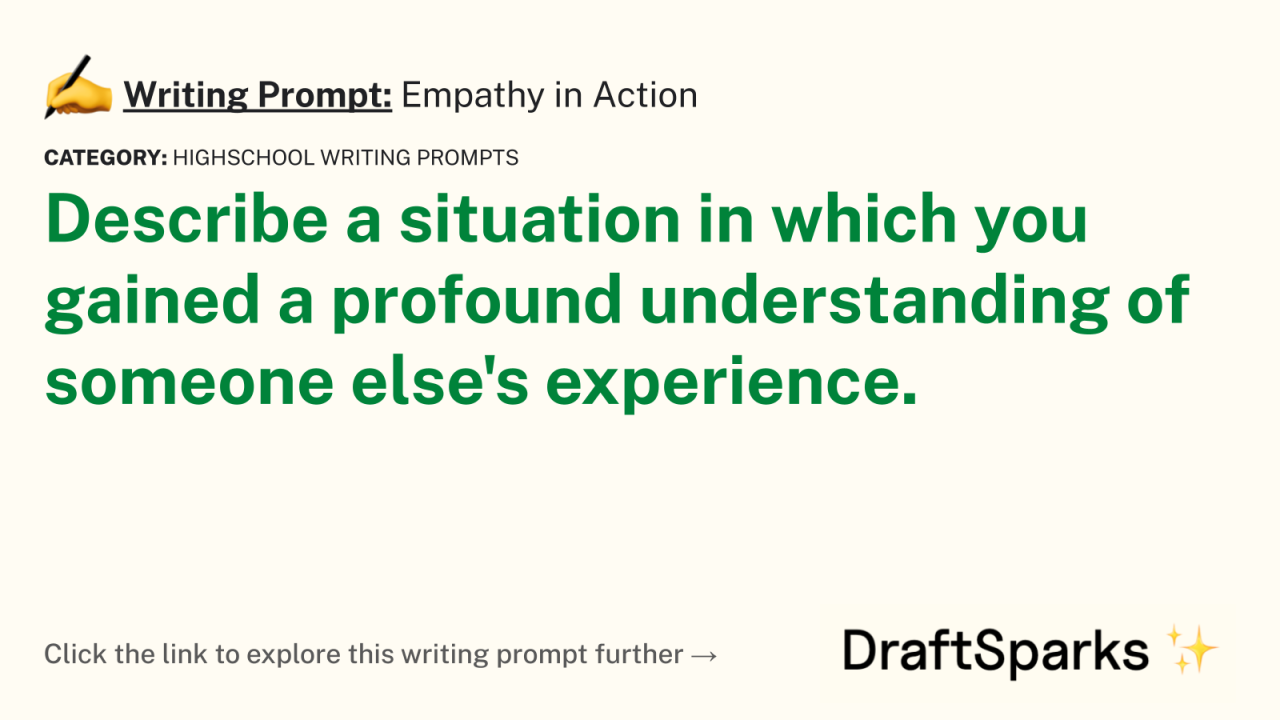
Source: draftsparks.com
So, you’ve crafted compelling calls to action (CTAs), strategically placed them across your website and marketing materials, and even perfected their visual appeal. But how do you know if they’re actually working? That’s where measuring CTA effectiveness comes in. Understanding how well your CTAs perform is crucial for optimizing your marketing efforts and maximizing your return on investment.
Without data-driven insights, you’re essentially shooting in the dark.
Measuring CTA performance isn’t just about vanity metrics; it’s about understanding which CTAs resonate with your audience, which channels are most effective, and how to improve your overall conversion rates. This involves tracking key metrics, analyzing the data, and iterating based on your findings. Let’s dive into the specifics.
CTA Performance Metrics
Several key metrics provide valuable insights into your CTA’s success. These metrics offer a holistic view, going beyond just simple clicks.
- Click-Through Rate (CTR): This is the percentage of people who see your CTA and actually click on it. A higher CTR generally indicates a more effective CTA. The formula is:
(Total Clicks / Total Impressions)
- 100 - Conversion Rate: This measures the percentage of people who click your CTA and complete the desired action (e.g., making a purchase, signing up for a newsletter). This is a more crucial metric than CTR alone, as it shows the actual impact of your CTA. The formula is:
(Total Conversions / Total Clicks)
- 100 - Bounce Rate (for landing pages): If your CTA leads to a landing page, the bounce rate tells you the percentage of visitors who leave the page after viewing only one page. A high bounce rate might indicate problems with the landing page content or design, not necessarily the CTA itself, but it’s important to investigate.
- Average Session Duration: This metric, particularly relevant for landing pages, measures the average time visitors spend on the page after clicking the CTA. A longer duration might suggest higher engagement and interest.
Tracking and Analyzing CTA Click-Through Rates
Effectively tracking CTR requires integrating analytics tools into your website and marketing campaigns. This allows for granular data collection and analysis.
- Google Analytics: This free tool provides detailed information on website traffic, including CTA performance. You can track clicks on specific links by setting up event tracking or using UTM parameters in your CTA links.
- UTM Parameters: These are code snippets added to your CTA URLs that allow you to track the source and medium of your traffic. For example, a link might look like this:
https://www.example.com/landing-page?utm_source=facebook&utm_medium=social&utm_campaign=summer-sale. This helps you understand which marketing channels are driving the most effective clicks. - A/B Testing: This involves creating two versions of your CTA (e.g., different button text or colors) and comparing their performance. This helps you identify which version is more effective in driving clicks and conversions.
Improving CTA Performance Based on Data Analysis
Once you’ve collected and analyzed your data, you can use these insights to improve your CTA’s performance. This is an iterative process, constantly refining your approach.
- Optimize CTA Copy: If your CTR is low, experiment with different wording, emphasizing the benefits to the user. Instead of “Learn More,” try “Get Your Free Guide.”
- Improve CTA Design: Test different button colors, sizes, and shapes to see what resonates best with your audience. A visually appealing CTA is more likely to be clicked.
- Refine Landing Page Experience: If your conversion rate is low, focus on improving the landing page experience. Ensure the page is relevant to the CTA, loads quickly, and provides a clear path to conversion.
- Target the Right Audience: Ensure your CTAs are reaching the right audience. Use targeted advertising and segmentation to ensure your message resonates.
Hypothetical Marketing Campaign Tracking System
Let’s imagine a hypothetical email marketing campaign promoting a new ebook. Here’s a simple tracking system:
| Data Point | Method of Collection | How Data Will Be Used |
|---|---|---|
| Total Emails Sent | Email marketing platform (e.g., Mailchimp) | Calculate overall campaign reach and email deliverability |
| Email Open Rate | Email marketing platform | Assess subject line effectiveness and audience engagement |
| CTA Clicks (Ebook Download) | UTM parameters in email links and Google Analytics | Measure CTA effectiveness and identify areas for improvement in email content or design |
| Ebook Downloads | Tracking on ebook hosting platform | Measure the overall success of the campaign and the number of leads generated |
| Conversion Rate (Download/Click) | Calculated from CTA clicks and ebook downloads | Determine the effectiveness of the landing page and overall user experience |
Ultimate Conclusion

Source: notaku.so
Mastering the art of the call to action isn’t just about knowing the rules; it’s about understanding your audience and using data to refine your approach. By implementing the strategies Artikeld above, you can significantly improve your conversion rates and achieve your marketing goals. So, go forth and create some truly compelling CTAs!
FAQ
What’s the difference between a hard and soft CTA?
A hard CTA is direct and action-oriented (e.g., “Buy Now!”), while a soft CTA is more subtle and focuses on education or engagement (e.g., “Learn More”).
How many CTAs should I have on a page?
It depends on the page’s purpose and length. Too many can be overwhelming, while too few might miss opportunities. A/B testing is key to finding the sweet spot.
What are some examples of creative CTAs?
Think beyond the standard buttons. Try using interactive elements, compelling visuals, or even video CTAs to capture attention.
How often should I update my CTAs?
Regularly review and update your CTAs based on performance data and seasonal changes. What works today might not work tomorrow.
